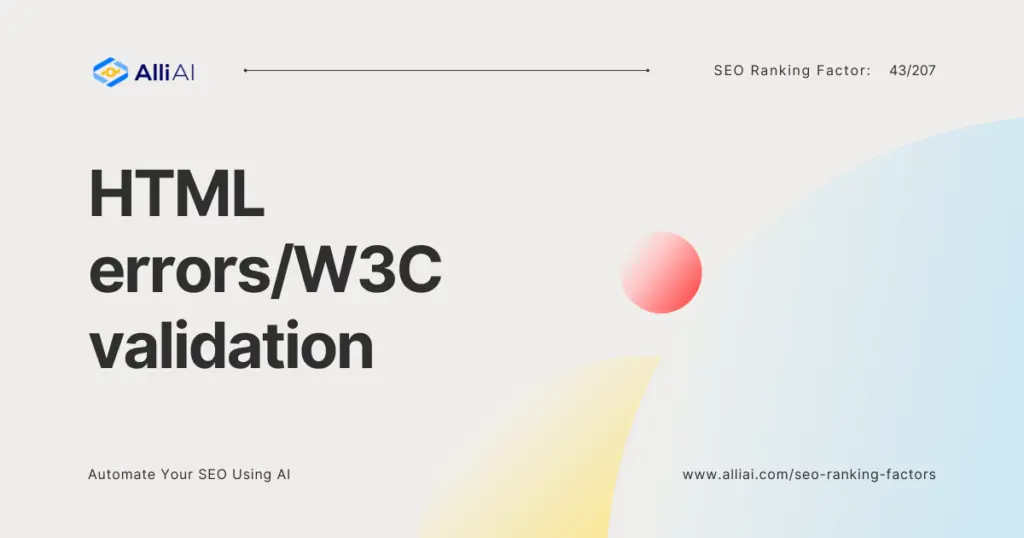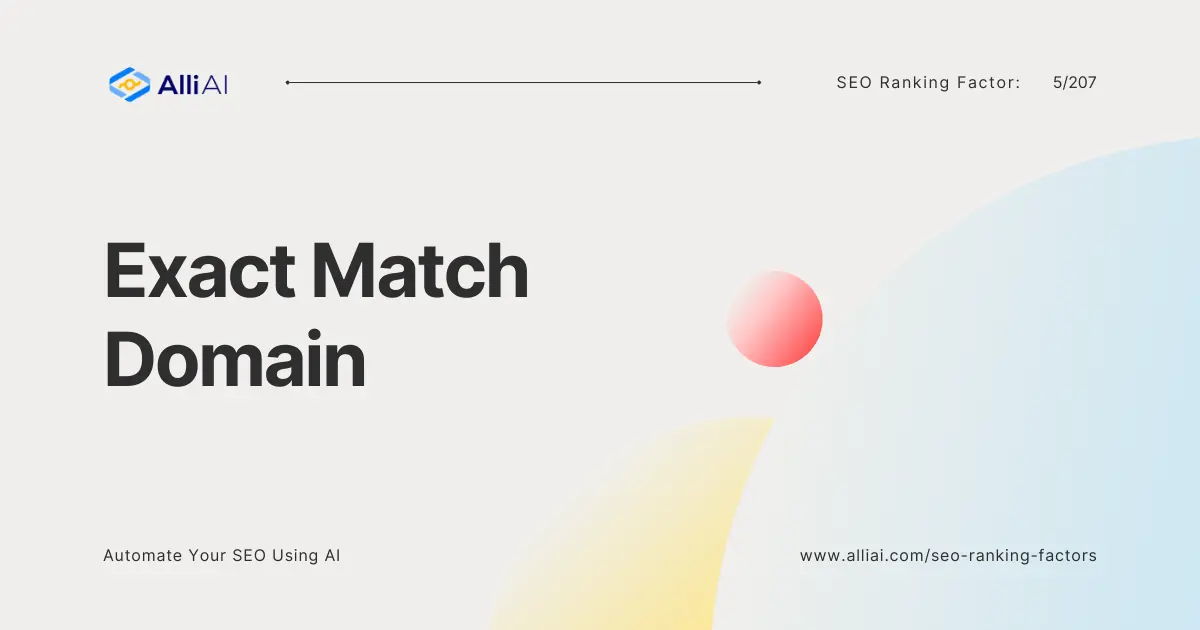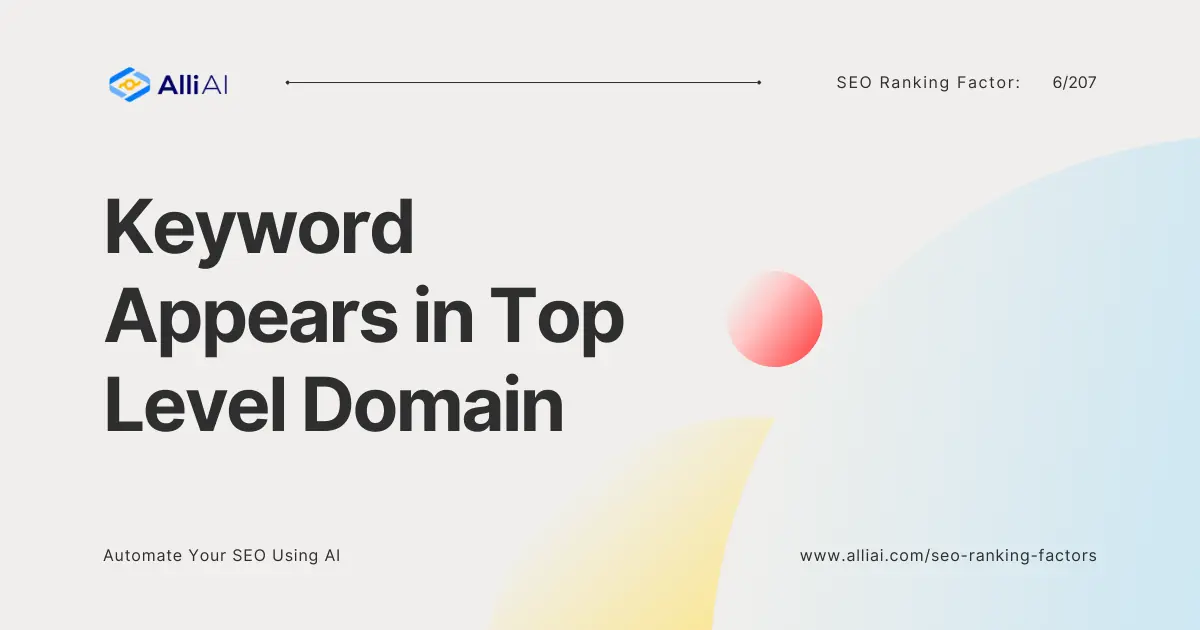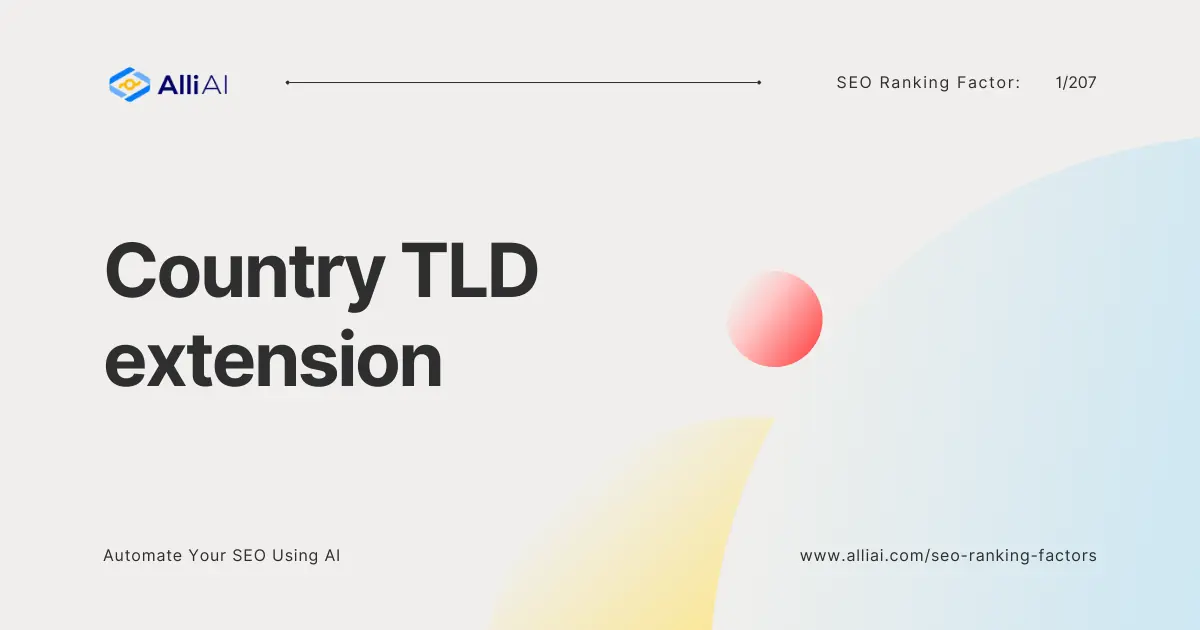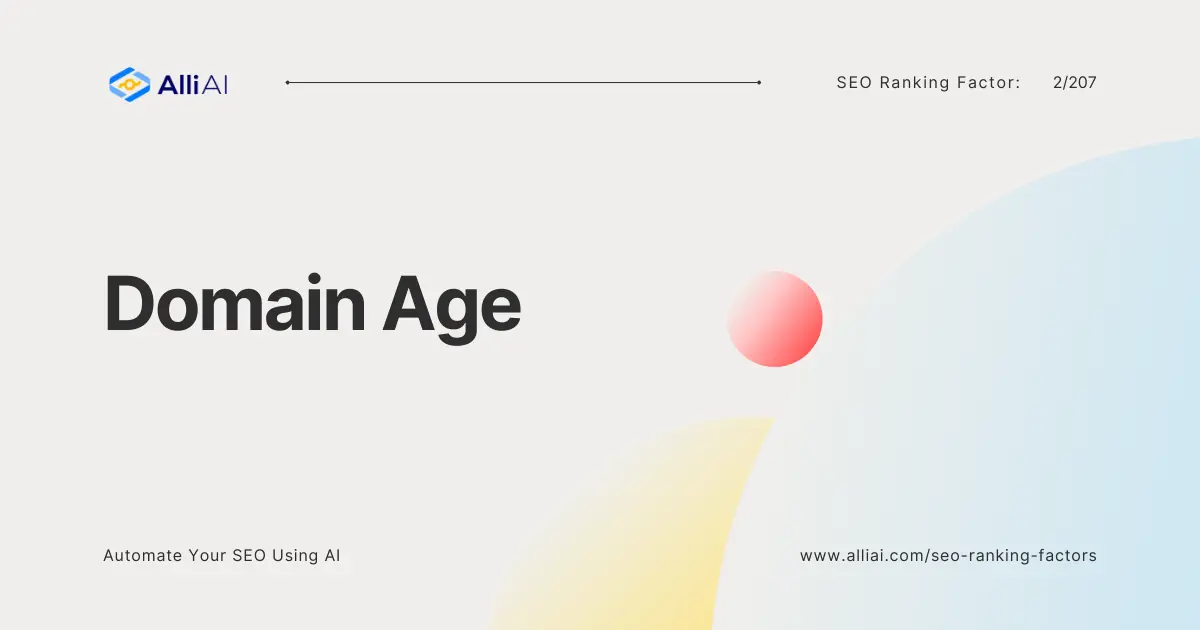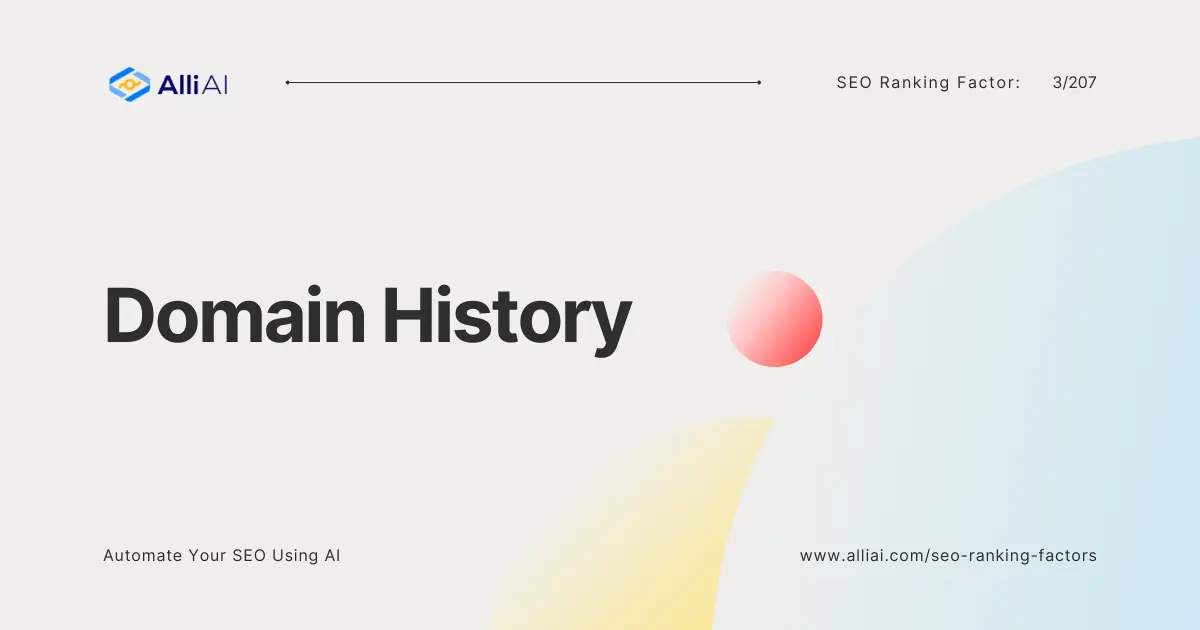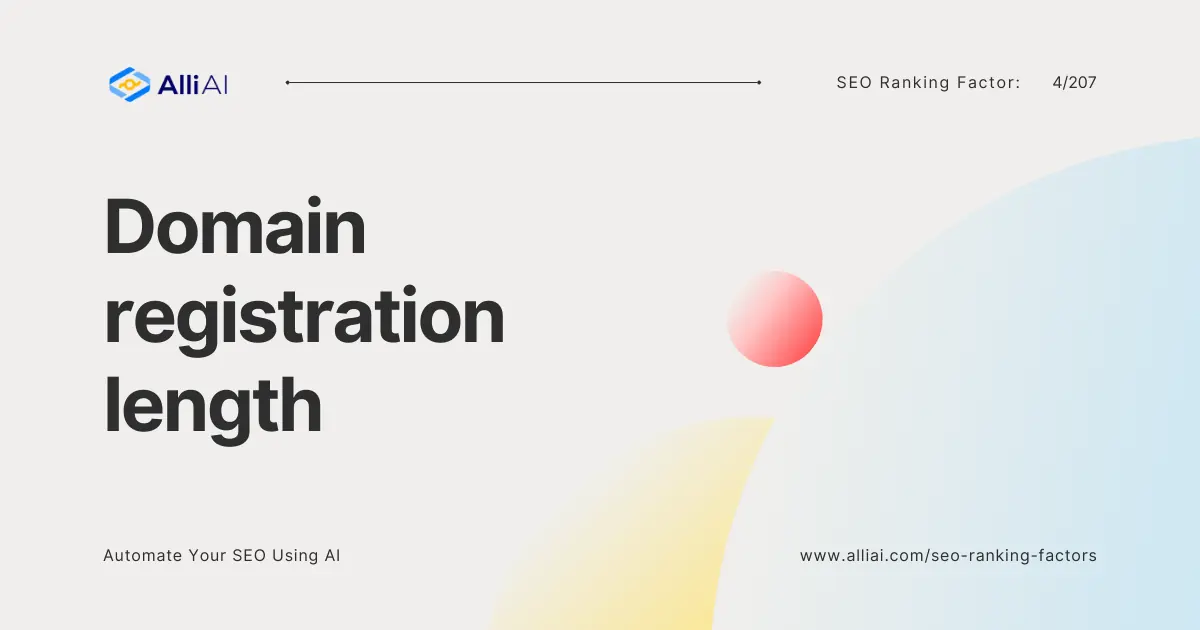Understanding HTML Errors/W3C Validation
At its core, HTML errors refer to mistakes within the code that makes up web pages. This could range from missing closing tags to incorrect attributes. On the other hand, W3C validation is the process of checking a web page against the World Wide Web Consortium (W3C) standards. Think of it as proofreading an important email before sending it out, ensuring that there are no spelling mistakes or grammatical errors. Only in this case, you’re making sure your website’s code adheres to universal standards set by the organization responsible for developing web standards.
Imagine you are building a house. The HTML code is the blueprint, while the W3C standards represent the building codes and regulations. If the blueprint has errors or doesn’t comply with the building codes, the house might not be structurally sound. Similarly, HTML errors can cause a website to display incorrectly or perform poorly, while following W3C standards ensures it is accessible and can be used as intended on various browsers and devices.
Types of HTML Errors:
- Syntax Errors: These are violations of the HTML language’s grammatical rules, such as unclosed tags, incorrect attribute values, or missing required elements.
- Structural Errors: These pertain to the incorrect nesting of HTML elements, which can disrupt the logical hierarchy of the page and lead to display inconsistencies.
- Semantic Errors: These involve using HTML elements in ways that contradict their intended meaning (e.g., using a
<h1>tag for a subheading).
Why is HTML Errors/W3C Validation important in SEO?
Ensuring your website is free of HTML errors and is W3C validated is crucial for SEO for several reasons. First, it guarantees that your site can be easily crawled and indexed by search engines. Errors in your code can obstruct search engine bots, impacting your site’s visibility. Moreover, a clean, validated code contributes to a better user experience, reducing bounce rates and encouraging visitors to stay longer on your site, both of which are positive signals to search engines.
How HTML Errors/W3C Validation Affects SEO
- Site Accessibility and User Experience: Sites that adhere to W3C standards are more likely to be accessible across various devices and browsers, offering a seamless user experience. This universality can indirectly influence SEO rankings, as search engines prioritize sites that cater to a broader audience.
- Page Loading Speed: HTML errors can sometimes cause a page to load slower, and page speed is a known ranking factor. Ensuring your code is clean and validated can help improve loading times.
- Search Engine Crawling and Indexing: Errors in your HTML can potentially interfere with how search engine bots crawl and index your site. If a bot encounters significant code errors, it may not properly understand and index the page’s content, which can negatively impact your SEO.
How can Alli AI help with HTML Errors/W3C Validation?
At Alli AI, we understand the intricate relationship between your website’s code health and its SEO performance. That’s why we created Alli AI – to empower webmasters and SEO professionals to identify and rectify HTML errors and ensure W3C validation with ease.
Our tool scans your entire website, identifying any HTML errors and issues with W3C standards compliance. It doesn’t just stop at identifying these issues; it also provides actionable recommendations on how to fix them. Whether you’re dealing with missing title tags, incorrect use of headings, broken links, or more complex W3C validation errors, Alli AI is equipped to guide you through the correction process.
By leveraging our platform, you’re not just improving your site’s SEO; you’re enhancing the overall user experience, making your site more accessible, and ensuring it’s built on a solid, error-free foundation.
Common Causes of HTML Errors
- Outdated Code Editors: Editors that haven’t been updated to support the latest HTML standards may not provide proper syntax highlighting or error checking, making it easier to introduce mistakes.
- Manual Coding Errors: Even for experienced developers, typos, incorrect attribute usage, or missed closing tags can occur, especially when working with large codebases or complex layouts.
- Third-Party Plugins and Themes: While plugins and themes can extend website functionality and design, those that are poorly coded or not regularly maintained can introduce errors into your website’s HTML. It’s essential to choose plugins from reputable developers and stay updated with the latest versions to minimize compatibility issues and security vulnerabilities.
FAQ
What are the most common HTML errors affecting SEO?
The most common errors include missing title tags, duplicate content, incorrect use of headings, and broken links. These issues can significantly impact your site’s SEO if not addressed.
How often should I check my website for HTML errors and W3C validation?
It’s good practice to conduct regular checks, especially after making significant updates to your site. Quarterly reviews are a standard recommendation, but more frequent checks can be beneficial depending on the scale of your operations and updates.
Can correcting HTML errors and ensuring W3C validation improve my site’s ranking immediately?
While the direct impact might not be immediate, over time, correcting these errors and adhering to W3C standards can significantly improve your site’s SEO performance. It ensures that search engines can crawl and index your site more effectively and offers a better user experience, both of which are critical for improving rankings.
Conclusion
In the ever-evolving landscape of SEO, the importance of having a solid foundation cannot be overstated. HTML errors and W3C validation might seem like technical details, but they play a crucial role in ensuring your website is built on a robust, SEO-friendly foundation. Tools like Alli AI are invaluable in identifying and correcting these errors, streamlining your site’s code, and ultimately improving its SEO performance.
Remember, SEO is not just about keywords and backlinks; it’s also about providing a seamless, accessible, and pleasant user experience. Ensuring your website is free of HTML errors and adheres to W3C standards is a significant step in achieving this goal.
